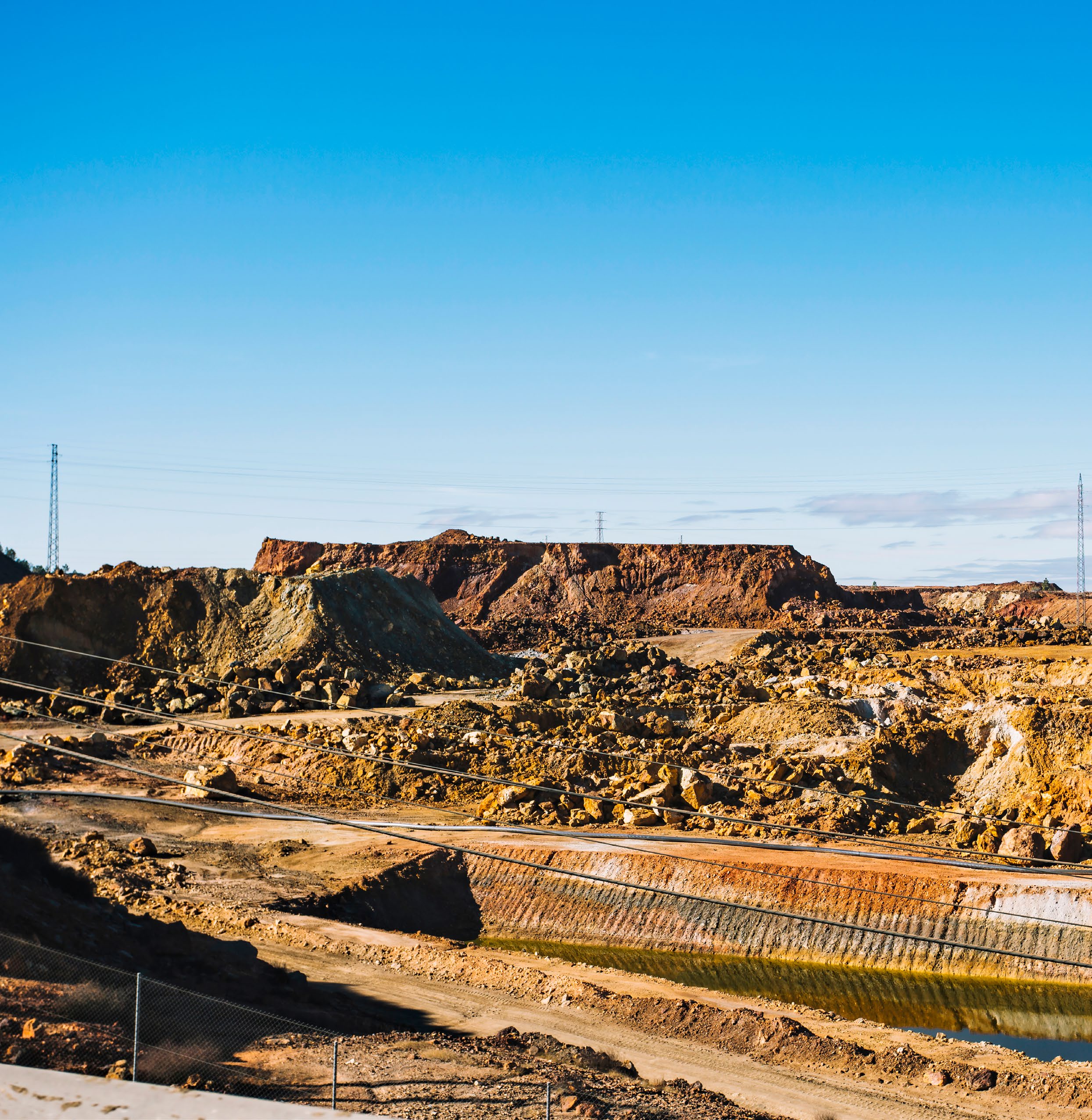The mining sector is a vital component of Zimbabwe’s economy, providing a substantial amount of income and job opportunities. But mining also generates a significant amount of tailings, or waste material.
Although mine tailing facilities have historically been seen negatively, they can actually have a lot of positive effects when used properly. This idea has the potential to be extremely important in ensuring that mining operations in Zimbabwe are sustainable and environmentally responsible.
Understanding mine tailings:
The materials left over after precious minerals are extracted from mined ore are known as mine tailings.
They can take the shape of liquids, sands, or slimes, and they frequently include different elements in addition to leftover remnants of the target minerals.
In the past, tailings were merely disposed of or kept carelessly, contaminating land and water and causing harm to the environment.
Embracing the benefits of tailing facilities:
Tailings storage in modern mines is accomplished by the use of containment structures that are engineered for safety and responsibility.
When properly operated, these facilities provide a host of benefits, including environmental protection by acting as a barrier to stop tailings from spreading out of control and reducing the chance of contaminating nearby soil and water sources. This way, local communities and ecosystems are protected.
Contemporary facilities are designed with elements that facilitate the gradual reclamation of the area used for tailings storage. For a longer-lasting result that is more sustainable, this may entail planting flora that is appropriate for the surrounding area.
Recent technological developments have made it possible to potentially recover precious minerals from tailings that remain. This lessens the total environmental impact of while simultaneously recovering more resources.
Water usage can be effectively managed in the design of tailing facilities. Seepage can be reduced by lined ponds, and freshwater consumption can be decreased by treating and reusing collected rainwater in the mining process.
Tailings may have beneficial uses in some circumstances. Treated tailings can be used as a base for building roads or even as an ingredient in bricks and other building materials.
The Zimbabwean context:
Mineral resources such as gold, platinum, chromium, and lithium are abundant in Zimbabwe. Many people in the nation find work in the mining industry, which also makes a sizable contribution to the GDP of the nation.
On the other hand, careless mining methods have led to environmental damage and health issues for local populations.
To ensure the long-term sustainability of their operations, mining companies can show their commitment to environmental stewardship by installing well-designed and managed tailing facilities.
Considerations for adoption:
Although there is no denying the advantages of my tailing facilities, their successful implementation necessitates careful consideration of a number of issues, including financial commitment, community engagement, regulation and enforcement, and technical knowledge.
The establishment and enforcement of precise laws pertaining to the construction, functioning, and shutdown of mine tailing facilities is being spearheaded by the Zimbabwean government.
It is crucial to follow international best practices and conduct routine inspections. Similarly, local communities should be involved in the planning and management of tailing facilities through open communication and collaboration.
Gaining the trust and social licence to operate in the community requires addressing their concerns and making sure they are safe. Investment up front is necessary for the design, building, and upkeep of suitable tailing facilities. However, in the long run, the financial and environmental advantages outweigh the upfront expenses.
To make these investments easier, public-private partnerships may be investigated. Planning for mine closure, environmental science, and geotechnical engineering are all necessary for the design and operation of tailing facilities.
Working together with skilled experts is crucial for operations that are both sustainable and safe. When used appropriately, mine tailing facilities can be an effective instrument for ensuring that mining operations in Zimbabwe respect the environment.
When these facilities are properly taken managed, the mining sector can protect the environment and the welfare of nearby communities while helping to create a more sustainable future for the nation.
Thus, there are benefits for Zimbabwe’s mining sector, the environment, and the populace when mine tailings are managed responsibly.
Text by Martin Chemhere

